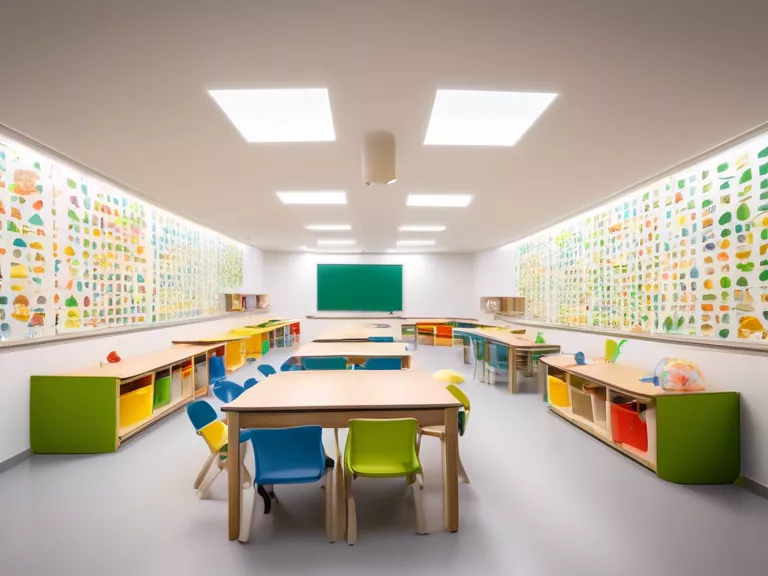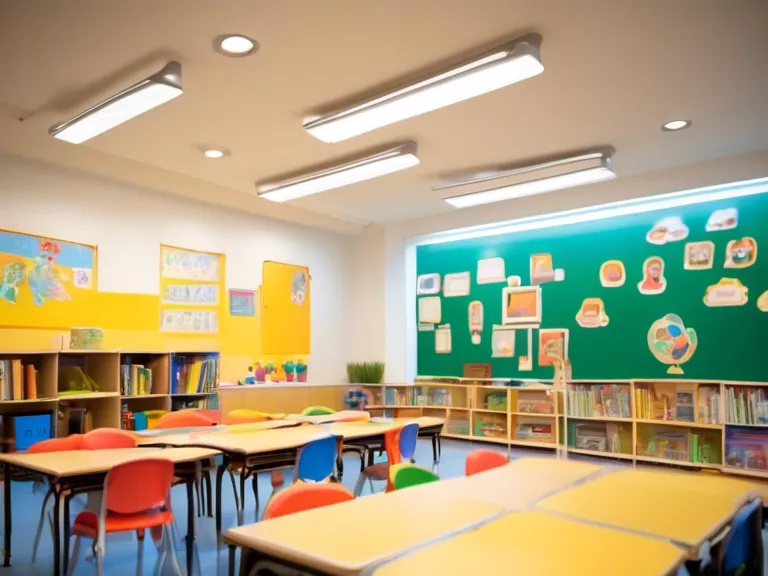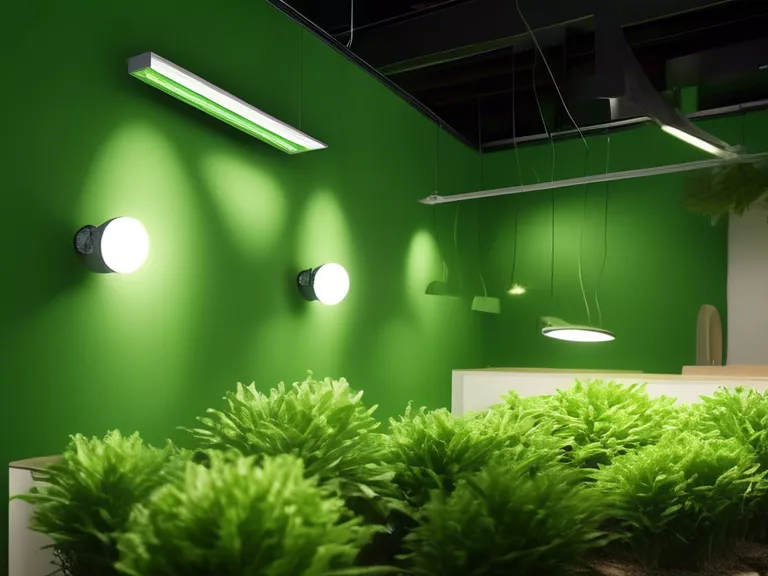
Introduction
Sustainable lighting is a crucial aspect of creating conducive learning environments in educational spaces. Proper lighting not only enhances visibility but also influences mood, behavior, and overall well-being of students and teachers. In this article, we will explore the importance of sustainable lighting in educational settings and discuss the benefits it offers.
Importance of Sustainable Lighting in Education Spaces
Proper lighting plays a significant role in education spaces as it directly impacts students' concentration, productivity, and overall academic performance. Here are some key reasons why sustainable lighting is essential in educational settings:
1. Enhances Learning Experience
Well-designed lighting can improve students' focus, attention, and information retention. Bright, natural light promotes a stimulating learning environment, making it easier for students to engage with the material being taught.
2. Supports Circadian Rhythms
Sustainable lighting systems can mimic natural light patterns, helping regulate students' circadian rhythms. This, in turn, promotes better sleep patterns, alertness during the day, and overall well-being.
3. Energy Efficiency
Sustainable lighting solutions, such as LED fixtures and smart lighting controls, are energy-efficient options that can significantly reduce energy consumption and operating costs for educational institutions.
Benefits of Sustainable Lighting in Education Spaces
Implementing sustainable lighting practices in education spaces can result in numerous benefits, including:
1. Improved Academic Performance
Proper lighting can positively impact students' academic performance by creating an optimal learning environment that promotes focus, productivity, and information retention.
2. Health and Well-being
Good lighting design can enhance students' health and well-being by reducing eye strain, headaches, and fatigue. Natural light exposure has also been linked to improved mood and reduced stress levels.
3. Environmental Impact
Sustainable lighting solutions help reduce the carbon footprint of educational institutions by lowering energy consumption and greenhouse gas emissions. By using energy-efficient lighting technologies, schools can contribute to a more sustainable future.
Best Practices for Sustainable Lighting in Education Spaces
To ensure effective implementation of sustainable lighting in education spaces, consider the following best practices:
1. Natural Light Integration
Maximize the use of natural light by incorporating large windows, skylights, and light shelves in classrooms and common areas. Natural light not only reduces the need for artificial lighting but also improves the overall ambiance of the space.
2. LED Lighting
Switch to energy-efficient LED lighting fixtures that consume less energy and have a longer lifespan compared to traditional lighting sources. LED lights also produce less heat, contributing to a more comfortable learning environment.
3. Lighting Controls
Implement lighting controls, such as occupancy sensors and dimmers, to optimize energy usage and tailor lighting levels based on specific needs. Smart lighting systems can automatically adjust brightness levels throughout the day to align with natural light conditions.
Conclusion
Sustainable lighting is a critical component of creating healthy, productive, and environmentally responsible education spaces. By prioritizing proper lighting design and implementing energy-efficient solutions, educational institutions can enhance the learning experience for students, improve academic performance, and contribute to a more sustainable future. Investing in sustainable lighting not only benefits the educational community but also supports the well-being of students and teachers alike.

